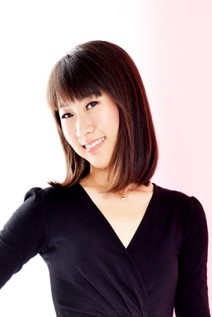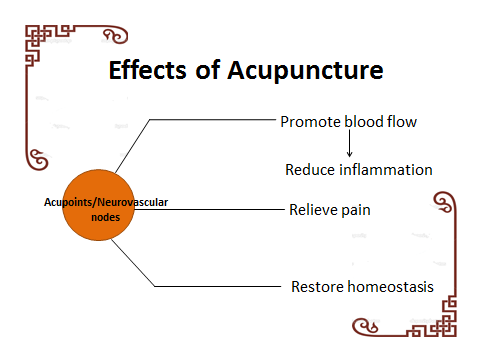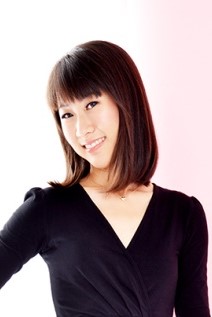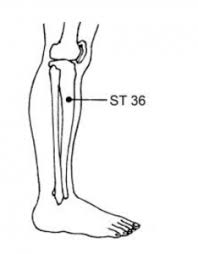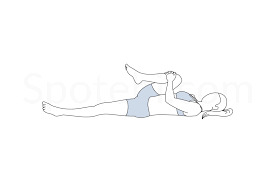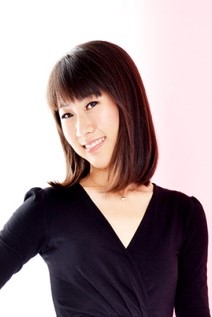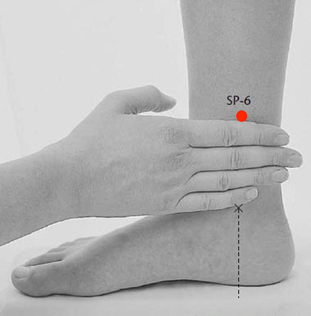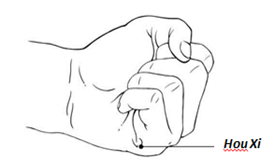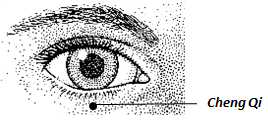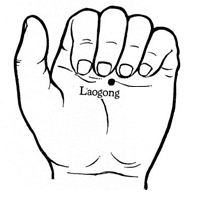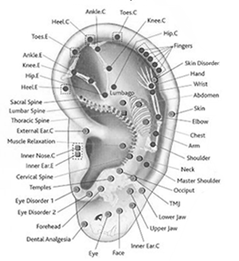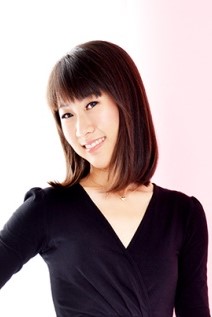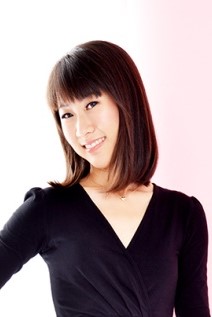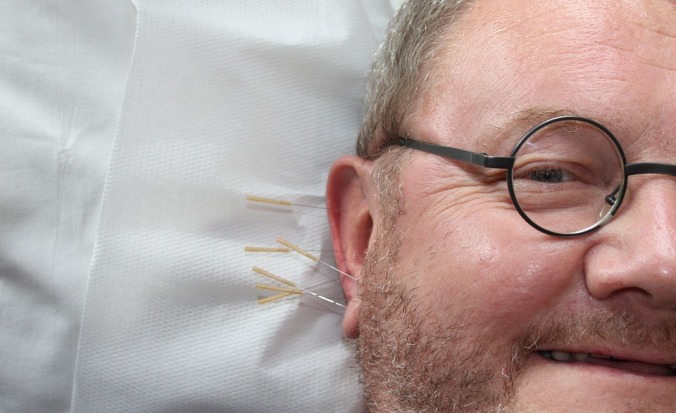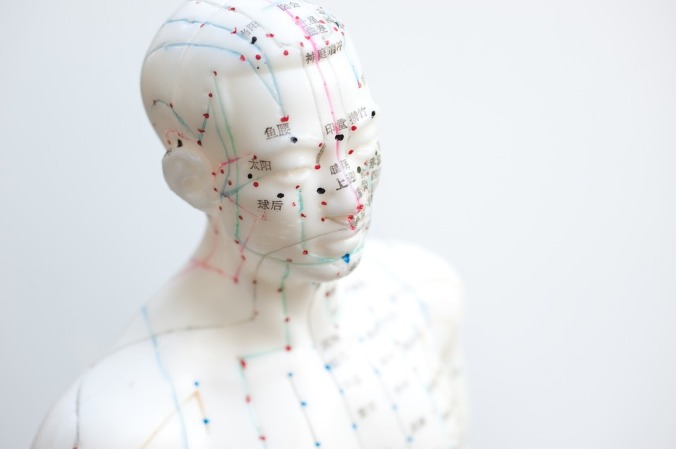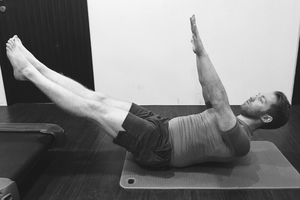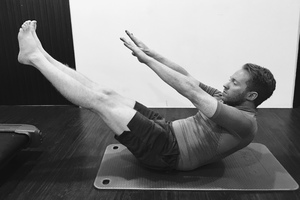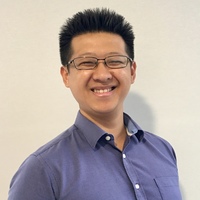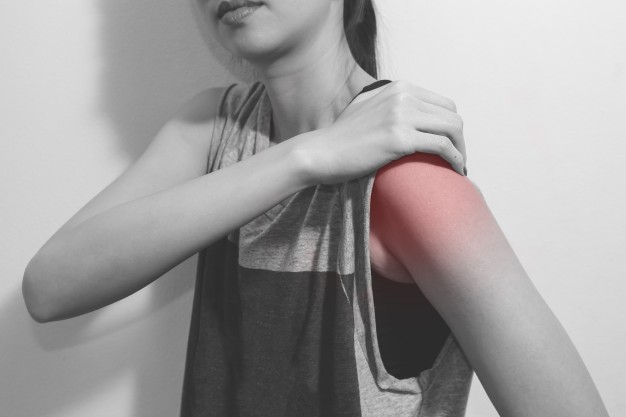https://iphysiosingapore.files.wordpress.com/2018/12/e6687-fullbodyshot28229.jpg
When we talk about menopause, it generally refers to a stage in life when a lady stops having her monthly period. This is due to the ovaries have reduced the production of sex hormones oestrogen and progesterone and no longer release eggs. A woman is said to have had menopause after her periods stop for 12 consecutive months. Natural menopause occurs in a woman’s late forties to early fifties. This is a normal part of ageing and marks the end of a woman’s reproductive years.
Menopause is suppose to be a natural transitional period in a woman’s life and not pathology. However as our society has entered into a stage where most foods are injected with hormones to boom production, abuse of chemical treatments and stress has been prevalent in all walks of life, more and more women are experiencing early menopause or premature menopause, some as early as in their thirties. Unless you are planning for a baby, early menopause just simply means that one can no longer conceive but it is more of the discomfort and noticeable symptoms/conditions associated with menopause that makes the quality of life for menopausing women drop.
The symptoms/conditions include (1) vasomotor symptoms (hot flushes and night sweats); (2) genital atrophy (vaginal dryness and irritation, painful sexual intercourse, reduced libido, urinary tract infections, urinary urgency, and stress incontinence); (3) increased bone loss/osteoporosis (lower back and knee pains or weakness and increased risk of fracture); (4) psychological symptoms (depression, irritability, anxiety, mood swings, panic attacks); (5) cognitive disturbances (forgetfulness and diminished concentration); (6) others (palpitations, insomnia/sleep disturbances, headaches, fatigue, skin itching, dizziness, blurred vision, tinnitus, digestive problems, hair loss, body image change, and increased risk of coronary artery disease). These symptoms do not come all at once, and may last for hours, weeks or even years in some cases.
Because of that, some women have turned to medical intervention to manage menopause. Hormone replacement therapy (HRT) is the most commonly prescribed medicine in western medical practice.Unfortunately, despite its widely accepted benefits, the use of HRT has many potential health risks, including increased risk of breast, endometrial, ovarian cancer; increased risk of gallbladder disease; increased risk of thromboembolitic disease, and even dementia (age 65 and older).
Thus more women in the last decade have turned to holistic alternative therapies such as traditional Chinese Medicine to help with their menopausal symptoms. In fact, treatments of menopause and related conditions with TCM can be traced back to over two thousand years ago. Here, I will like to present to you modern clinical and experimental researches that have demonstrated that acupuncture and Chinese herbal medicine are effective in relieving the menopausal symptoms and providing a safe and effective way to gracefully go through a stress-free menopause.
Acupuncture
Hot flushes
Acupuncture can lessen the frequency and severity of hot flushes in women with natural menopause and women being treated with tamoxifen, a drug commonly used as part of the treatment for breast cancer which often causes menopausal symptoms due to its anti-oestrogenic effects1,2. In a pilot study, fifteen patients were enrolled to evaluate the safety and efficacy of acupuncture in the treatment of menopausal symptoms in tamoxifen-treated patients. It was reported that vasomotor, anxiety, depression and somatic symptoms were improved after acupuncture treatment; but libido did not change. No side effects were reported. The authors concluded that acupuncture seems to be safe and effective for the treatment of menopausal symptoms in women with previous breast cancer taking tamoxifen 2.
Sleep disturbances
Acupuncture has also been reported as an effective non-hormonal relief of sleep disturbances 3.
Weight management
When obese peri- and postmenopausal women were treated with acupuncture and low calorie diet, a significantly decreased mean body weight and body mass index (BMI) was demonstrated during the six-week treatment period, indicating that acupuncture is a useful additional healing method in the treatment of menopausal obesity 4.
Herbal Chinese Medicine
Clinical and experimental research studies have demonstrated that Chinese herbal medicine has remarkable effects in alleviating hot flushes, vasomotor instability, profuse sweating, sleep disturbances, depressive moods, and other conditions associated with menopause with good therapeutic efficacy and tolerability profiles 5.
Herbal medicine has been reported to treat menopausal women in many other aspects. In a recent study, 24 HRT- resistant menopausal depressive women were recruited and treated with herbal medicine in conjunction with hormone replacement therapy (HRT). Improvement of menopausal depressive symptoms was reported after three months’ treatment and the beneficial effects continued with extended use of the herbal remedy. No side effects were reported. The results indicate that herbal medicine can be used as an adjunctive therapy in the management of HRT-resistant menopausal depressive women 6.
1 Wyon Y, et al. Acupuncture against climacteric disorders? Lower number of symptoms after menopause. Lakartidningen 1994;91(23):2318-22.
2 Porzio G, et al. Acupuncture in the treatment of menopause-related symptoms in women taking tamoxifen. Tumori 2002;88(2):128-30.
3 Cohen SM, et al. Can acupuncture ease the symptoms of menopause? Holist Nurs Pract 2003;17(6):295-9.
4 Wozniak P, et al. The effectiveness of low-calorie diet or diet with acupuncture treatment in obese peri- and postmenopausal women. Ginekologia Polska 2003;74(2):102-7.
5 Liske E. Therapeutic efficacy and safety of Cimicifuga racemosa for gynecologic disorders. [Review]. Advances in Therapy 1998;15(1):45-53.
6 Koike K, et al. Efficacy of the herbal medicine Unkei-to as an adjunctive treatment to hormone replacement therapy for postmenopausal women with depressive symptoms. Clinical Neuropharmacology 2004;27(4):157-62.
____________________________________________________________________
Dr Lim Xiang Jun is registered Dr of Traditional Chinese Medicine Physician whom first completed her BSc(hons) in Biomedical Sciences in Singapore before completing a BSc in Chinese Medicine, MSc and PHD in Acupuncture in Beijing. She is also qualified in Yoga and is a certified Ayurveda Practitioner.
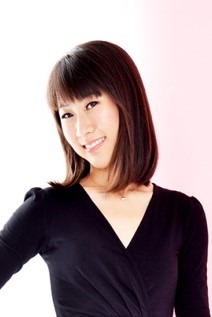
from Articles – Integrative Physio https://www.iphysio.sg/articles/2018/12/4/tcm-for-menopause
via Integrative Physio Pte Ltd
